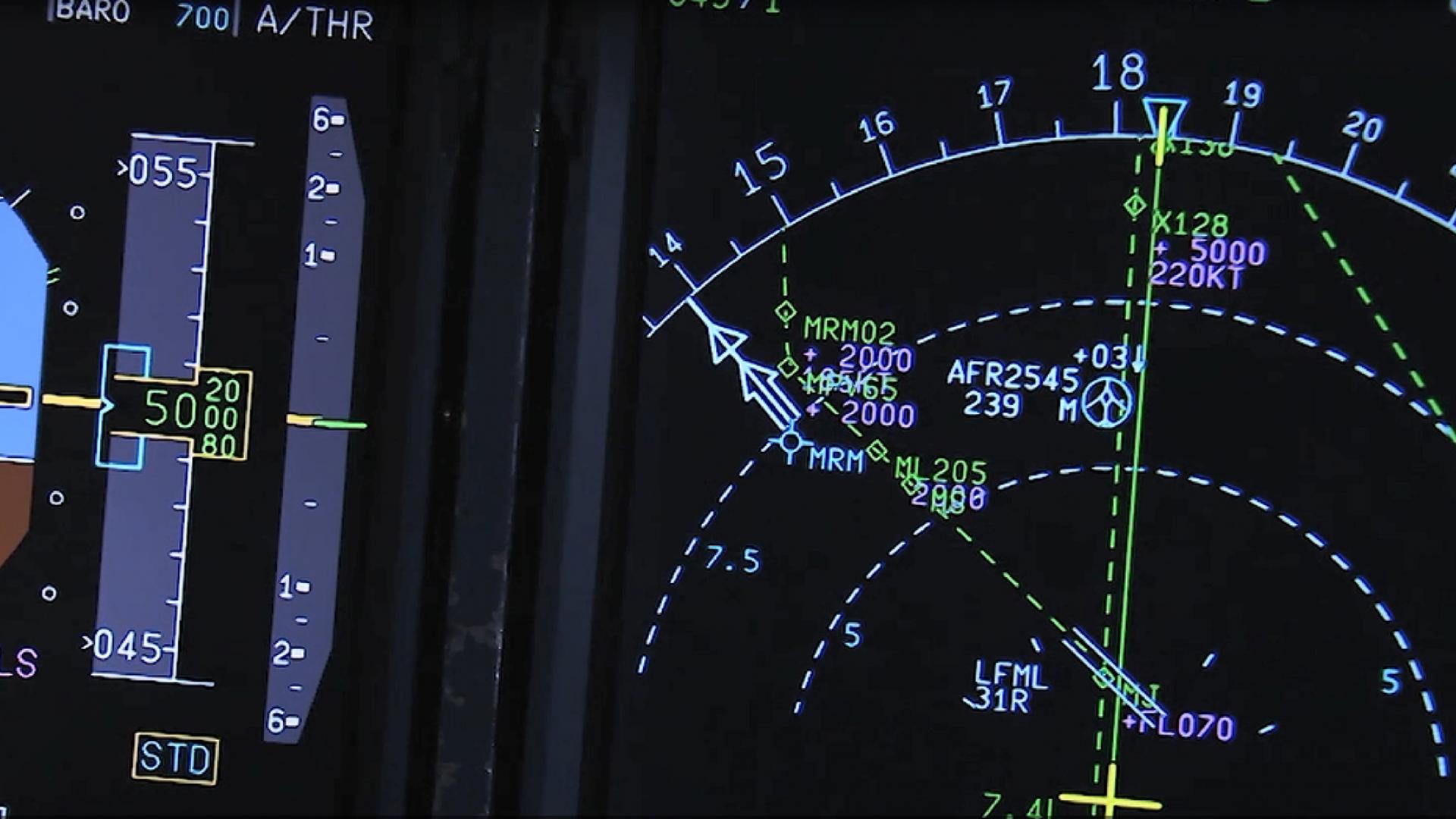ADS-B Mandate for Canadian Pilots

Summary of the Issue
Through NAV CANADA, Canada became the first nation-state in 2019 to invest in satellite-based ADS-B surveillance technology. The technology promised 100% coverage of the earth, helping to provide significant safety and efficiency gains for ANSPs, search and rescue, and many other organisations.
In 2022, NAV CANADA published its mandate requiring ADS-B Out equipage for Canadian airspace with initial dates for equipage. An ADS-B requirement in Class A airspace began in 2023 and in Class B airspace in 2024. NAV CANADA also announced that the implementation of any subsequent mandate in Class C, Class D, or Class E airspace will occur no sooner than 2028, pending further assessment and engagement with stakeholders.
In response, COPA has, and continues to, highlight concerns with the implementation of the NAV CANADA mandate of ADS-B.
First and foremost, COPA contends that NAV CANADA does not have the authority to mandate or to call this requirement a mandate, as only Transport Canada can issue this kind of direction. Despite highlighting this concern to it has been communicated by TC that this equipment requirement in high-level airspace does not constitute a regulatory change and can be required through changes to the equipment standards required in this airspace. TC has communicated that it is anticipated that changes to low-level airspace requirements will require regulatory changes, and these will be publicly consulted through the CARAC process.
Further to the question of authority to implement a mandate, COPA also remains focused on performance requirements for ADS-B equipment, which effectively requires antenna diversity for aircraft and creates a restrictive and costly operating model for general aviation and other small operators. While ground-based ADS-B requirements, like the FAA model, can easily be met with a common single bottom mount antenna, the space-based model requires a usable ADS-B signal also be broadcast to the system’s satellites. While not excluding the use of a single mount antenna, either bottom or top mounted, the requirements needed to meet expected system performance generally require the use of a diversity installation. This dual requirement is significantly more costly than single mount installations and, in most cases, requires aircraft modifications and in the case of some aircraft types, there are no modification options for installation which would meet airworthiness standards. While some accommodation can be requested for non-equipped flights in Class B airspace, these restrictive performance requirements essentially close airspace to a large user base of aircraft wherever the mandate is in effect.
Beyond the two core ADS-B issues highlighted above, there are several other questions and concerns which remain unaddressed, which are subject to discussion with NAV CANADA, Transport Canada and within the industry. Many of these will be highlighted in the ongoing updates on this matter.
Understanding the impacts of the current ADS-B mandate and the significant risks to GA of an expanded mandate, to Class C, D and E airspace, COPA continues to give this issue a top priority in advocacy efforts. As such, COPA is regularly engaged in efforts to highlight the impacts of the current mandate on general aviation and promote the need for a better ADS-B solution which is more accessible to all aircraft operators.
What is COPA doing?
March 2025
Industry working group actions
- GAMA reported on an informal discussion with TC staff, which highlighted the ambiguities with diversity/airborne equipment in Canada and the need for clarity on requirements and overall ADS-B strategy.
- Group identified the need to question NAV CANADA on the overall surveillance plan, including the role of space-based vs ground ADS-B, and the global industry drive for planned recapitalisation of SSR infrastructure.
- Group has reached out to NAV CANADA and Transport Canada, requesting a meeting between NAV CANADA, Transport Canada and the industry.
COPA and AOPA are planning a focused letter to the Minister regarding the impacts to GA of this ongoing issue and its future direction. Consideration is to wait until the federal election is complete and we know who the new government and new minister will be.
Feb 2025
Industry working group actions.
- GAMA meeting with TCCA planned for the end of February to discuss differences between TCCA AC, DAPR, and PAPR requirements (e.g., 5 versus 8 second PU requirement between AC and DAPR; differences in the expected pass fail 97% versus 99.5% pass versus fail, including between two different DAPR reports generated).
- Information gathered by ATAG, Garmin, EAA, and NATA is shared.
- ATAG data using diverse aircraft has been communicated as not performing
- Garmin light GA and turboprop data have been communicated as not performing, including diversity antenna-equipped aircraft of this type
- Flight testing in low-density airspace at night (i.e., 2 am) has been shown not to perform, including diversity-equipped aircraft
